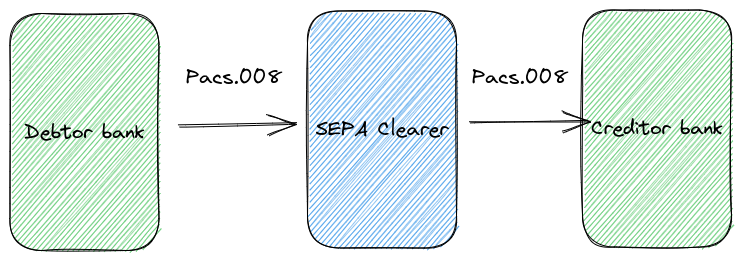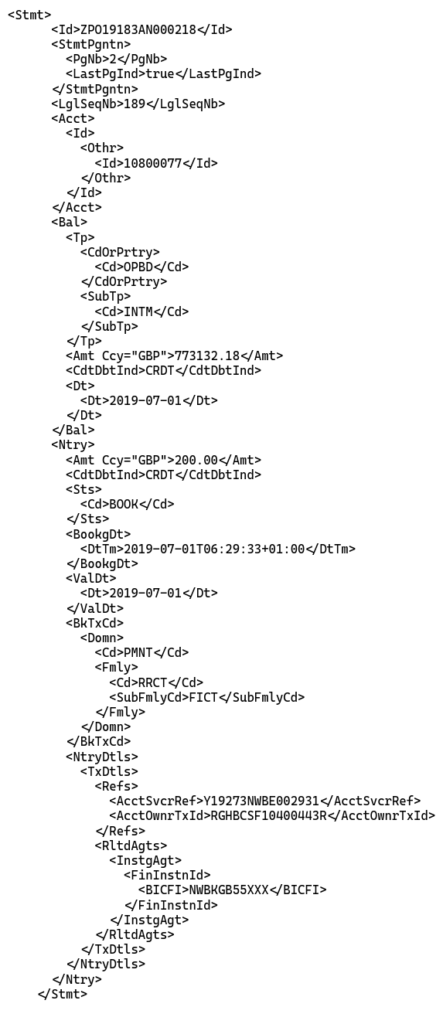Ripple is a technology company that leverages decentralised block chain technology in order to facilitate cheaper and faster cross-border payments. ISO 20022 is the common language and model for financial messages being exchanged across the world. This blog post discusses what Ripple is and its adoption of ISO 20022.
What is Ripple?

Ripple is a RTGS, currency exchange and remittance network that is available to financial institutions. It uses cryptocurrency to power cross-border transactions.
Ripple was designed to be a replacement for the SWIFT network. It facilitates the transfer of a number of fiat currencies and cryptocurrencies between financial institutions for a small amount of XRP. This fee is small in comparison to the amount charged by banks for cross-border payments.
What is XRP?
XRP is the cryptocurrency native to RippleNet, the Ripple platform. It uses a decentralised blockchain known as the XRP Ledger (XRPL). XRP uses the Ripple transaction protocol (RTXP) to process transaction.
Distributed ledger technologies (DLT) have the potential to reduce costs of transactions. They also speed up the transaction processing because they remove the need for a central authority such as central banks or financial networks like SWIFT.
RippleNet has a facility, ODL, On-Demand Liquidity, which is used to buy XRP on the market when needed and selling it when received, effectively eliminating volatility by completing both transactions within seconds.
Ripple and ISO 20022
Ripple is part of the ISO 20022 standards body with a particular focus on distributed ledger technology. Its membership will allow customers to use RippleNet to access a network of global financial institutions and connect to one standardized API for all counterparty transactions.
Ripple can now provide RippleNet at a greater scale by conforming to the same standard that SWIFT and its members will use. SWIFT members will integrate more easily with RippleNet as they will adhere to the same message standard.
The use of distributed ledger technology within ISO 20022 will allow faster transaction processing and cross-border payments via a standardised API. ISO 20022 stands to become the global payments language and Ripple will benefit from this.
In a sense Ripple and ISO 20022 are quite complementary; both hope to make cross-border payments cheap, easy and automatic.



